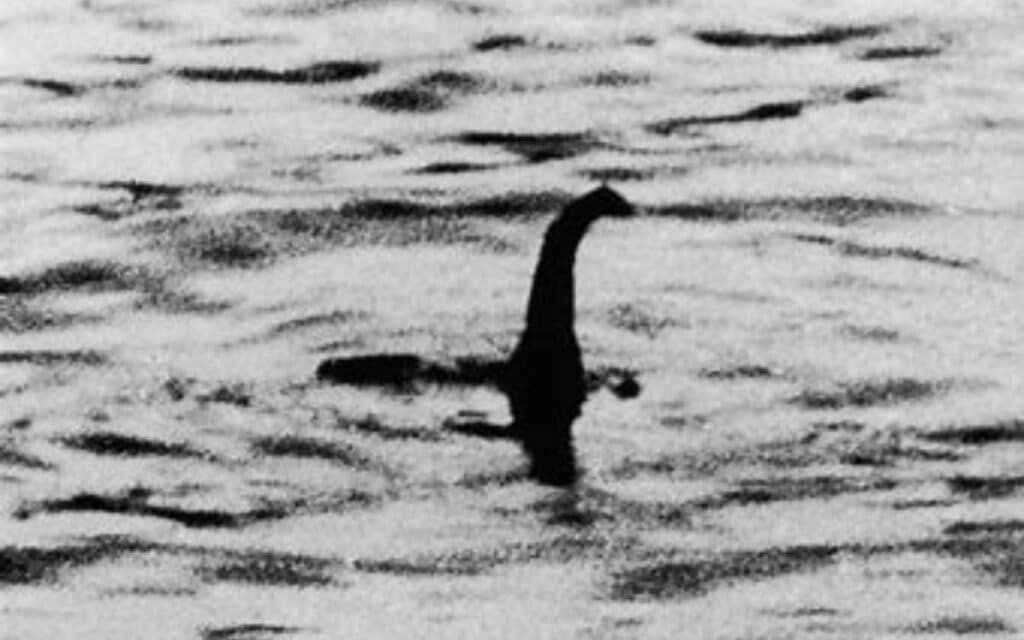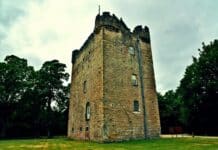The Loch Ness Monster, often referred to as “Nessie,” is a creature said to inhabit Loch Ness in the Scottish Highlands.
It is probably one of the most famous cryptids – creatures whose existence is suggested but not scientifically proven.
Here are 10 lesser-known Loch Ness Monster facts…

Loch Ness Monster Facts
- First Sightings: The first sightings of the Loch Ness Monster date back to the sixth century, where it was mentioned in the Life of St Columba by Adomnán. In this account, St Columba supposedly encountered a beast in the River Ness in 565 AD.
- Modern Interest: Modern interest in Nessie was sparked by a sighting in 1933 when George Spicer and his wife claimed they saw “the nearest approach to a dragon or pre-historic animal that I have ever seen in my life” crossing the road in front of their car.
- Surgeon’s Photograph: Perhaps the most famous image associated with Nessie is the “Surgeon’s Photograph,” taken by Robert Kenneth Wilson in 1934. Wilson, a gynaecologist, didn’t want his name associated with it, hence the name. The photo was later revealed to be a hoax in the 1990s.
- Eel Theory: One theory suggests that what people are seeing as the Loch Ness Monster could be a giant eel. The loch has a large population of eels, and it’s possible that some could grow exceptionally large.
- Sonar Investigations: There have been numerous investigations trying to find Nessie using sonar. While some of these have picked up large, unexplained objects, none have definitively proven the existence of a monster.
- Nessie’s Economic Impact: Nessie has a significant impact on the Scottish economy. Tourism associated with the Loch Ness Monster contributes an estimated £41 million to the Scottish economy annually.
- Protected by Law: In 2003, the Scottish Natural Heritage prepared “partly serious, partly for a bit of fun” guidelines stating that if the Loch Ness Monster were found, it should be protected by the Scottish government.
- Operation Deepscan: In 1987, a fleet of 24 boats equipped with echo sounding equipment scanned the entire loch in an event known as Operation Deepscan. The operation cost around £1 million but didn’t provide any definitive proof of Nessie’s existence.
- Size of Loch Ness: The size of Loch Ness could potentially support a large creature. It’s the second largest Scottish loch by surface area, but due to its great depth, it’s the largest by volume. It contains more freshwater than all the lakes in England and Wales combined.
- Nessie in Popular Culture: The Loch Ness Monster has made numerous appearances in films, books and TV shows, reflecting its enduring popularity and the fascination it holds for people around the world. It has become a symbol of the mysteries and wonders of nature.
Tell us your thoughts about the Loch Ness Monster in the comments section below!







